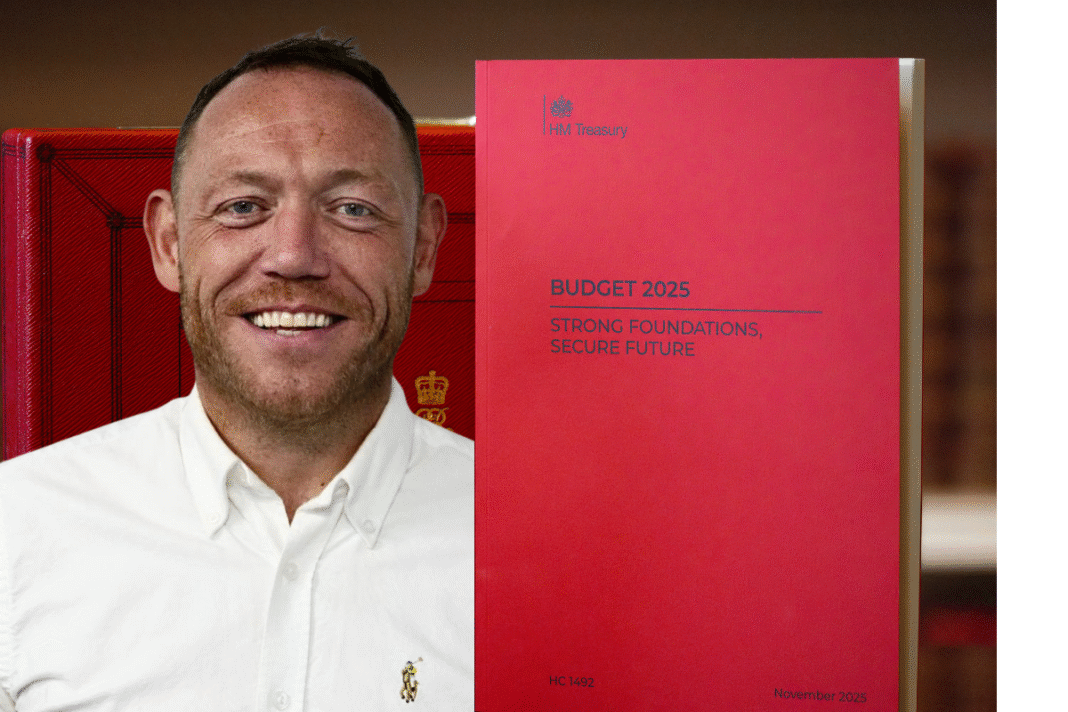Matthew Pennycook reportedly said earlier this year that following Royal Assent for the Planning and Infrastructure Bill, planning reforms will be largely complete and that the government ‘expects better’ from the planning and development sector in return.
This week’s Budget was a significant opportunity for the government to use fiscal measures to support housebuilding.
With planning reforms largely in place, delivery will increasingly depend on collaboration with the private sector.
However, yesterday’s measures may leave many in the sector questioning whether they go far enough.
HOW IT WENT
Measures such as additional affordable housing funding, new AI Growth Zones, clarification on the VAT treatment of land for social housing and reforms to the Lifetime ISA are welcome steps.
However, questions remain about whether they go far enough to deliver 1.5 million homes in the remaining three and a half years of this Parliament.
The Budget states that the new NPPF will increase annual housebuilding by around 30% by 2029-30, taking net additions to a 40-year high, and resulting in an additional 170,000 homes over the forecast, adding £6.8 billion to the economy.
These are ambitious projections, and the sector will be watching closely to see whether they translate into delivery on the ground.
INVESTMENT IN LOCAL AUTHORITY PLANNERS
The extra £48m to recruit and train 350 planning officers is, on the face of it, welcome.
But given that it takes a minimum of four years to train a planner, very few of these new recruits are likely to be operating within the planning system during the course of this Parliament.
And a planning system suffering from a shortage of senior officers will not be immediately revived by a pipeline that starts at the bottom.
HELP TO BUY OR A SUCCESSOR
Given the pressures facing first time buyers, the absence of any support other than potential future changes to the Lifetime ISA was disappointing: we had been hoping for a new, improved Help to Buy or similar. Little is being done to stimulate movement on the bottom of the ladder.
NEW TOWNS FUNDING
Perhaps the greatest omission from yesterday’s Budget is funding for new towns. Large-scale settlements require sustained investment in land, infrastructure and social facilities, drawn from public funds, private investment and developer contributions.
Viability challenges, such as the 40% affordable housing requirement, will need further discussion, given that a requirement of 35% affordable housing has now been accepted as unworkable in London and in many regions of the UK.
We also need clarity on Homes England’s role in bringing forward new towns, whether development corporations will be used, and how risk will be shared with institutional investors.
As the House of Lords Built Environment Committee recently warned, without leadership and adequate funding, the new towns programme may struggle to make the impact hoped for.
AFFORDABLE HOUSING
More funding for affordable housing will always be welcome but the £39 billion Affordable Homes Programme mentioned yesterday, is already old news.
Furthermore, the experience of London over the past year shows that funding alone is not enough: it must be accompanied by a planning and viability framework that does not choke delivery before it starts.
WHAT NEXT
We know from experience that when the risk and cost of building homes rises, delivery falls. When risk and cost fall, delivery increases.
While this Budget makes progress in some areas, unfortunately challenges around viability, confidence and capacity remain.
Without further action, achieving the government’s ambitious target of 1.5 million homes will remain no more than an ambition.
However, with an updated NPPF rumoured before Christmas, the year is not yet over for planning and development policy.










